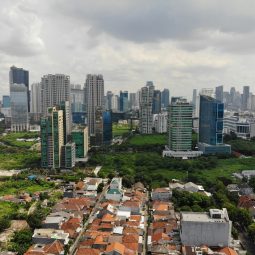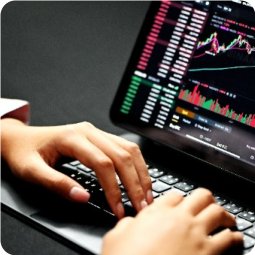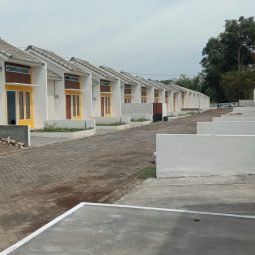Arghajata is a group of professionals dedicated to
providing solutions that improve client performance and
unleash their value
Arghajata is a group of professionals dedicated to providing solutions that improve client performance and unleash their value
The unique approach to incorporate evolving needs of client.
With a tailored problem-solving approach by combining local knowledge and global standards, Arghajata has always been delivering solution to clients regarding critical business decisions.
+20
Years of Experience
+300
Solutions Provided
+20
Years of Experience
+300
Solutions Provided
Step Inside Our World
Our Story
With more than 15 Years of experience and countless consulting projects under our belt, we keep on growing & learning in order to stay ahead of the curve
Our Journey
At Arghajata Consulting, we’re driven by excellence and innovation. We transform complex business challenges into dynamic opportunities, fostering substantial growth and resilience in ever-evolving markets.
Meet the People
Our strength lies in our diverse team of seasoned consultants and innovative strategists. We combine expertise and passion to deliver precise, tailored solutions that make a real difference to our clients’ futures.
Our journey start with you.
Our team, a blend of seasoned experts and innovative thinkers, is dedicated to guiding your business through its most challenging and rewarding phases.
Connect With Us
Stay Ahead with Our Insights
In the dynamic landscape of today's business world, being informed is essential for maintaining a competitive edge. At Arghajata Consulting, we focus on offering valuable insights designed to help you understand market complexities and identify opportunities. Our team of seasoned consultants combines in-depth industry knowledge with strategic vision, providing you with the intelligence to inform your decisions and strategies. While the rapid pace of change presents challenges to constant updates, our commitment is to deliver meaningful and thoughtful analysis that supports your business goals.





















